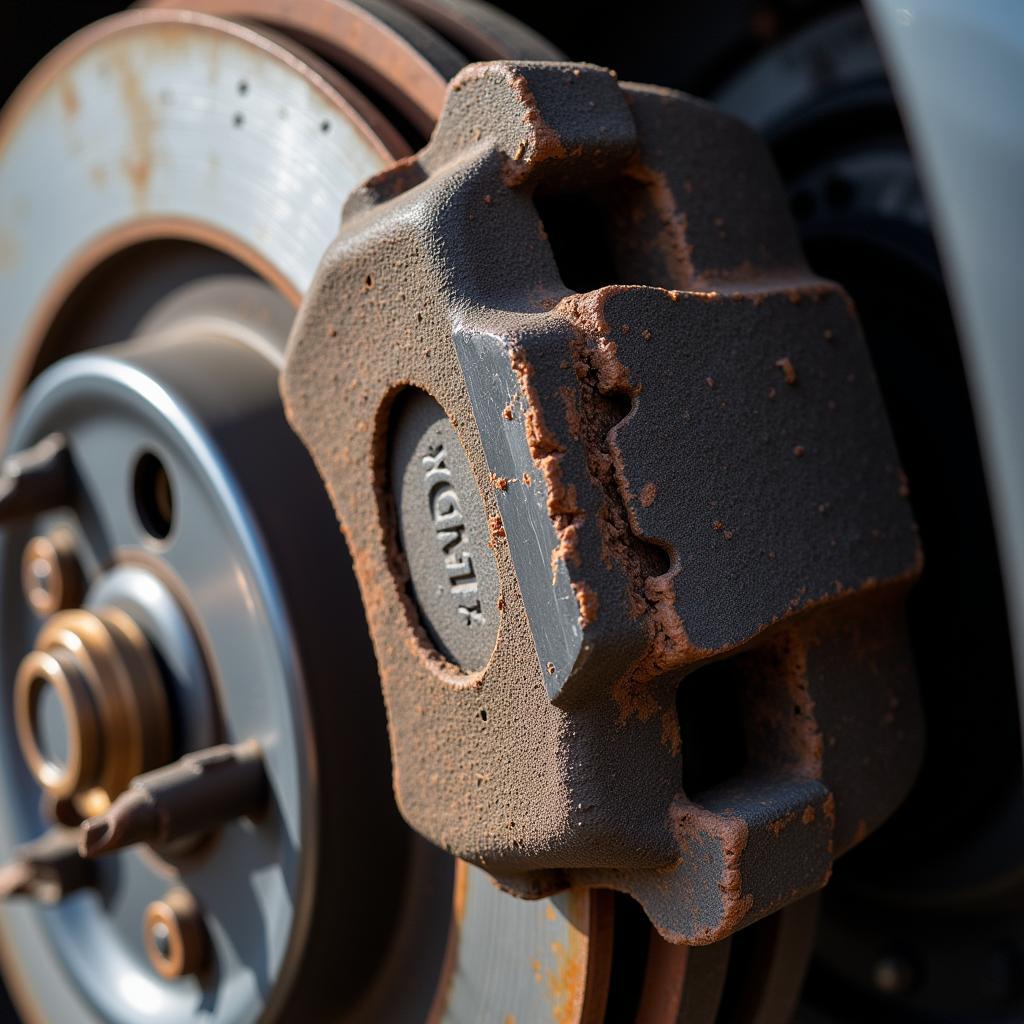The “check engine” light on your 2004 Seat Leon is a warning signal that something is wrong with your engine. It’s important to address the problem quickly to prevent further damage and costly repairs.
Common Causes of Engine Warning Light in a Seat Leon 2004
There are many reasons why the engine warning light might illuminate. Here are some of the most common causes:
1. Faulty Oxygen Sensor (O2 Sensor)
The oxygen sensor monitors the amount of oxygen in the exhaust gases. If the sensor is faulty, it can lead to inaccurate readings and affect the air-fuel mixture, ultimately triggering the engine warning light.
2. Clogged Catalytic Converter
The catalytic converter helps reduce harmful emissions from the engine. If it becomes clogged due to a buildup of soot or other deposits, it can affect the engine’s performance and illuminate the engine warning light.
3. Mass Air Flow Sensor (MAF) Problems
The mass air flow sensor measures the amount of air entering the engine. If the sensor is malfunctioning, the engine won’t receive the right amount of air, leading to engine misfires and the dreaded warning light.
4. Spark Plugs and Ignition System Issues
Faulty spark plugs or problems with the ignition system can cause misfires. These misfires can lead to a decrease in engine performance and trigger the engine warning light.
5. Vacuum Leaks
A vacuum leak can disrupt the engine’s airflow, leading to poor performance and the engine warning light.
6. Engine Coolant Temperature Sensor Malfunction
This sensor monitors the engine’s coolant temperature. A faulty sensor can give inaccurate readings, affecting the engine’s cooling system and triggering the warning light.
7. Throttle Position Sensor Issues
The throttle position sensor tells the engine control unit (ECU) how much the throttle is open. If the sensor is malfunctioning, the engine might not receive the correct signal, leading to performance issues and the engine warning light.
8. Loose Gas Cap
While this might seem unusual, a loose or damaged gas cap can cause a leak in the fuel system, triggering the engine warning light.
How to Diagnose the Problem?
It’s best to consult a qualified mechanic to diagnose the issue. However, you can try some basic troubleshooting:
- Check the Gas Cap: Make sure the gas cap is securely closed. A loose or damaged gas cap can trigger the warning light.
- Inspect for Visible Issues: Look for any signs of damage or leaks in the engine bay.
- Use an OBD2 Scanner: An OBD2 scanner can read codes stored in the ECU, which can help identify the specific problem.
What to Do if the Engine Warning Light is On?
- Don’t Ignore It: The engine warning light shouldn’t be ignored. Ignoring it can lead to further damage and costly repairs.
- Get it Diagnosed: Take your car to a trusted mechanic as soon as possible for diagnosis and repair.
- Follow Maintenance Schedules: Regular maintenance, such as oil changes and spark plug replacements, can help prevent engine problems and the warning light.
Expert Insight
“The engine warning light is not something to take lightly,” says Mark Thompson, a certified automotive technician with over 20 years of experience. “If the light comes on, it’s important to get your car checked out as soon as possible to avoid more serious problems.”
FAQ
Q: How long can I drive with the engine warning light on?
A: It’s not recommended to drive for extended periods with the engine warning light on.
Q: Will my car still run if the engine warning light is on?
A: Yes, your car will likely still run. However, driving with the light on can lead to further damage and potential breakdowns.
Q: How much does it cost to fix an engine warning light?
A: The cost of fixing the warning light can vary depending on the cause and severity of the problem.
Q: Can I reset the engine warning light myself?
A: You can reset the warning light using an OBD2 scanner. However, this will only clear the code, not address the underlying problem.
Conclusion
Seeing the “check engine” light on your Seat Leon 2004 can be concerning, but it’s crucial to address the issue quickly to prevent further damage. By understanding the common causes, diagnosing the problem, and seeking professional help, you can ensure your engine stays healthy and reliable.

